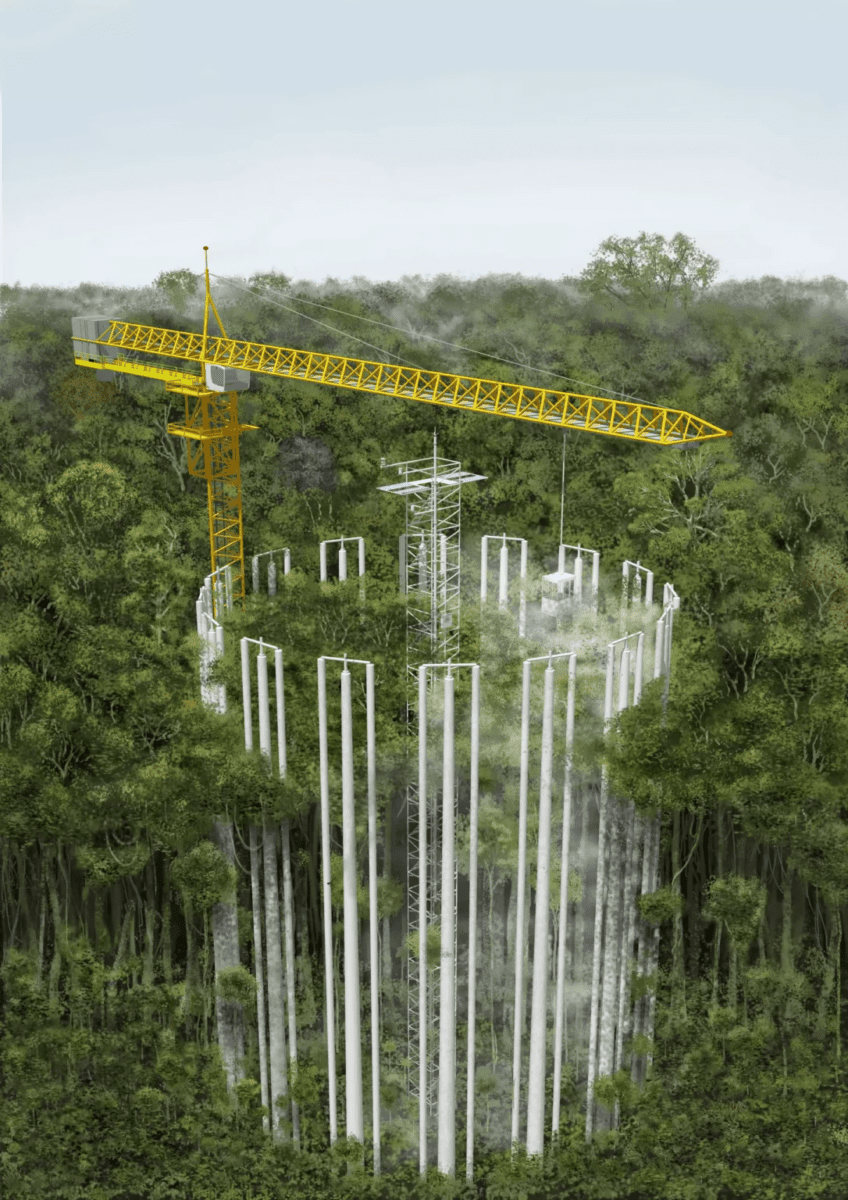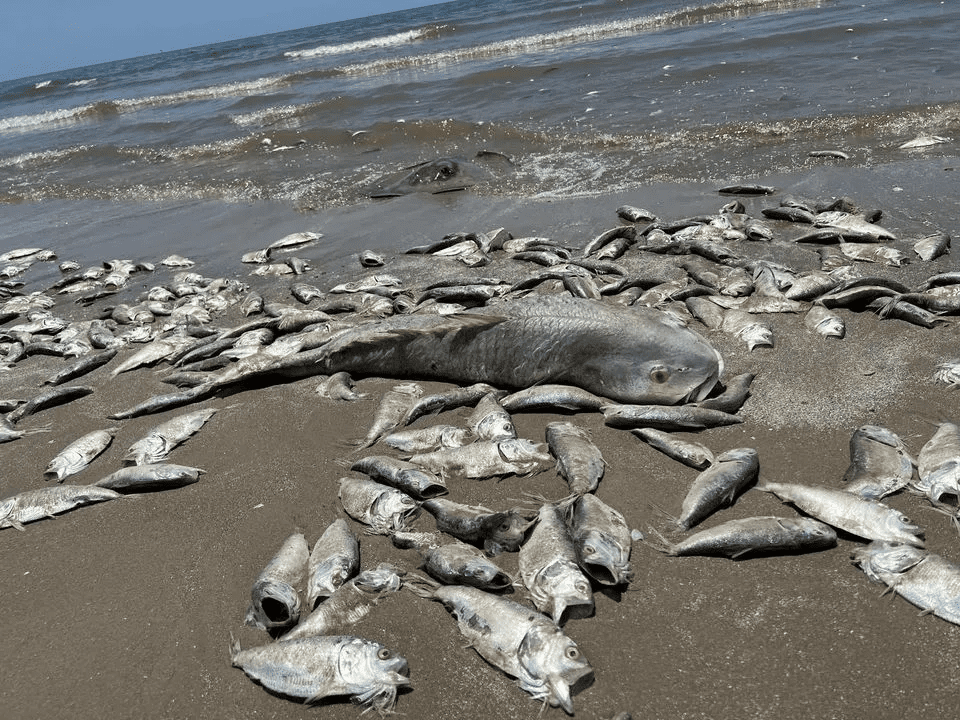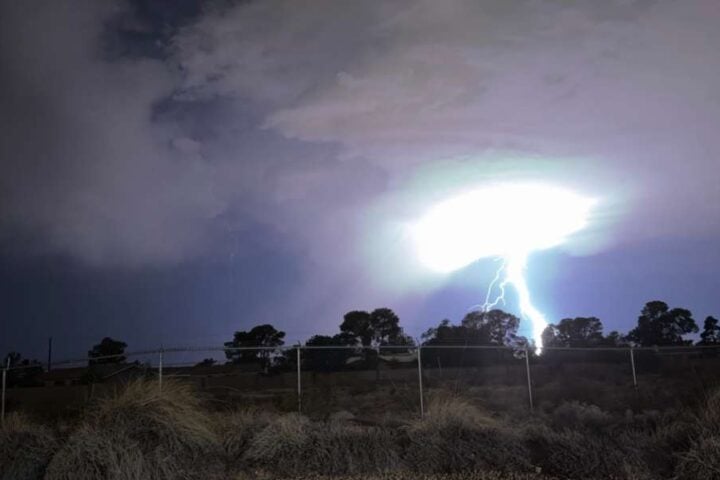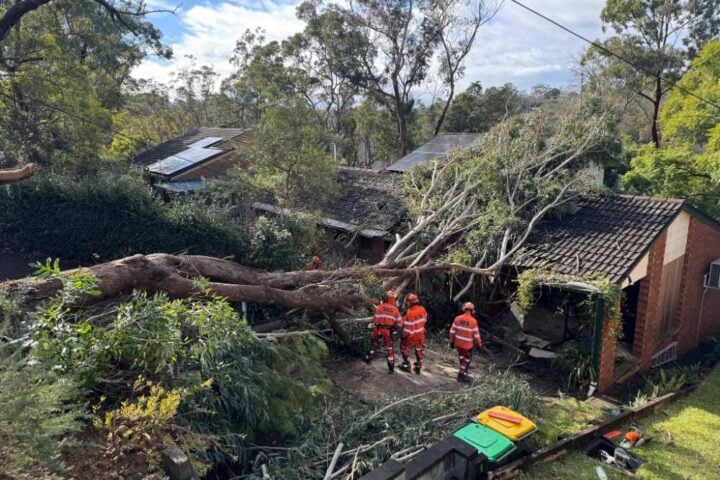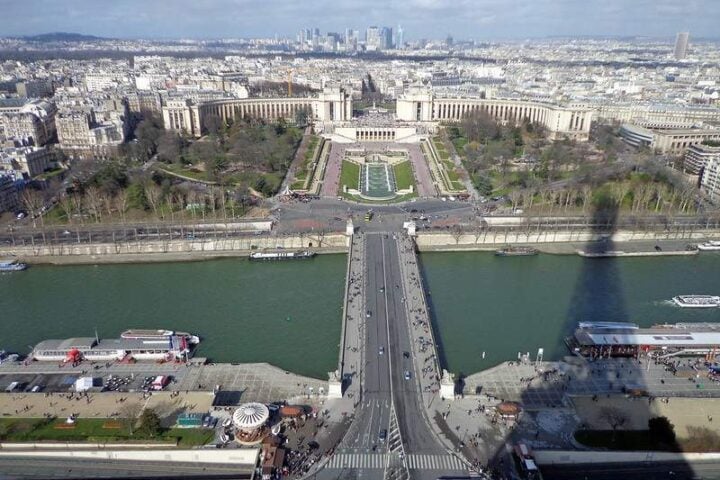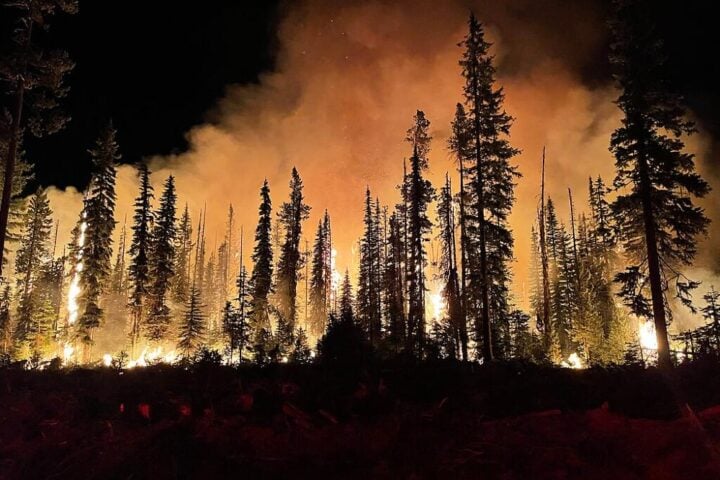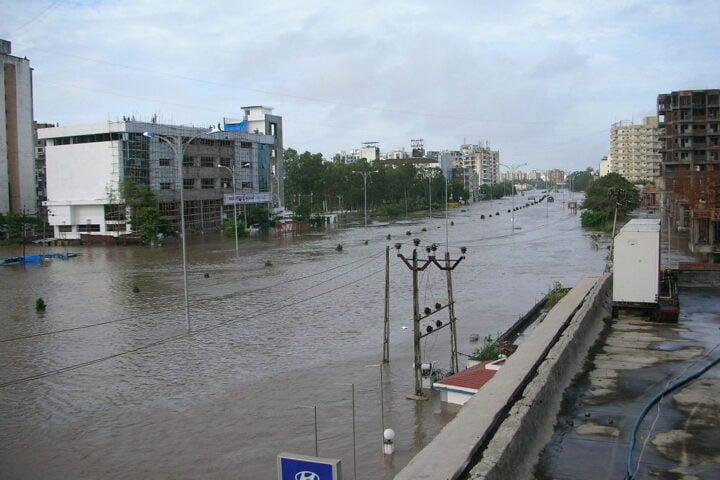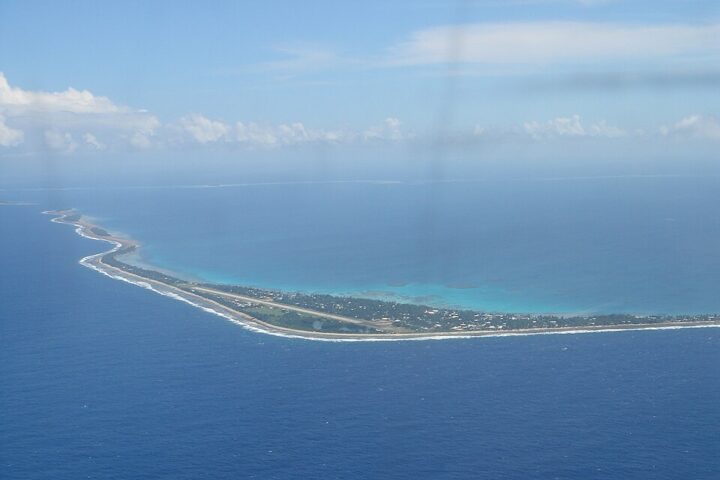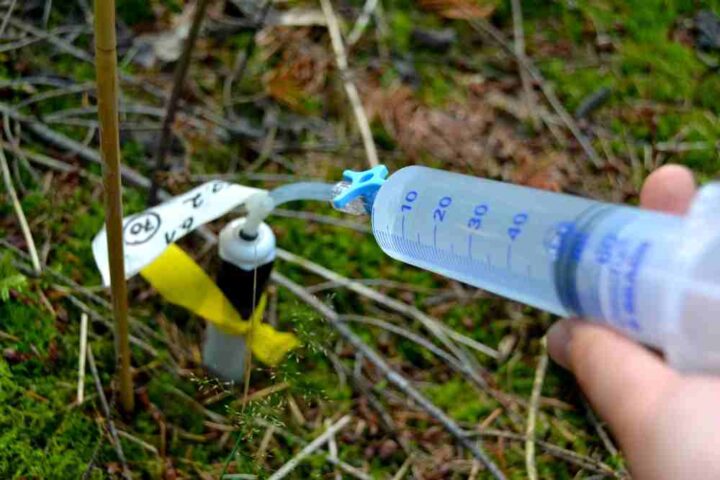Owing to its role as a carbon sink, the Amazon rainforest is often called the planet’s ‘lungs’.
There is a concern as deforestation & wildfires threaten the very existence of this amazing Amazon rainforest, as it is causing atmospheric pollution. It has been a challenge to accurately assess the impact of rising carbon dioxide levels on the Amazon. In the heart of the Amazon rainforest, a large-scale experiment named AmazonFace utilizes towers to dispense carbon dioxide and simulate climate change effects. While half of the towers act as controls, the rest are equipped to release carbon dioxide.
The British government has supported the AmazonFace project with funds.
The aim of the experiment is to determine if the Amazon has a tipping point that could lead to irreversible decline. A feared event is the Amazon Forest dieback that could transform the forest into a drier land- scape. Originally developed by Brookhaven National Laboratory, the Free Air CO2 Enrichment (FACE) technology is employed by AmazonFace. Such an experiment is being conducted in the Amazon, for the first time. With AmazonFace, researchers are trying to understand how plants in the Amazon react to increased carbon dioxide levels. The aim of the experiment is to determine if the Amazon could transition from a carbon sink to a major carbon polluter. The climate change mitigation strategies could be informed by the information gathered from AmazonFace. A lead scientist on AmazonFace , David Lapola, highlights the uncertainties regarding the effect of increasing carbon dioxide levels on plant growth. AmazonFace aims to challenge the theory about Amazon’s resilience against climate change suggested by the earlier studies.
Similar posts
The environment is modified by the Face technology to replicate future atmospheric carbon dioxide concentrations. The full impact of increased carbon dioxide input is still unknown, while the plants absorb carbon dioxide, water, and light to produce sugars and release oxygen. Lapola’s argument is that the tipping point of the Amazon is more likely tied to climate change than deforestation rates. It is crucial to study the impact of higher carbon dioxide concentrations in the forest to understand the future of the Amazon. There is an opportunity offered every day to learn something new about our planet and its complex mechanisms. It is crucial for individual efforts to ensure a sustainable future. Luciana Gatti, an atmospheric chemist, believes that the Amazon Forest does not have much time. “We are in an emergency; we need action now,” says Luciana. She believes that in 5 years, Amazon will reach a point of no return, and once we reach the tipping point, the dense rainforest will turn into dry savannah land.
Luciana praises the initiative and suggests replicating the project in different parts of the Amazon. The study of Luciana Gatti published in Nature revealed that the eastern Amazon has transitioned from a carbon sink to a carbon source.
Carlos Nobre’s challenging perspective suggests that a critical threshold of deforestation could disrupt the Amazon’s rainfall system and transform the rainforest into a savannah. Currently, the construction of the initial two rings of AmazonFace is underway and expected to be operational by early August. Each ring is made up of 16 aluminum towers as tall as a 12-story building. Three companies will supply carbon dioxide to prevent shortages. Led by the National Institute for Amazon Research, the project receives financial support from the British government. It is expected that Amazon will be fully operational by mid-2024. The capacity to absorb carbon varies significantly across the Amazon’s four quadrants. The carbon absorption capacity of the region is twice that of India. The location of the project is situated 70 kilometers north of Manaus. The federal institution leading the project is the National Institute for Amazon Research. A total of $9 million (8.4 8.4million) in financial support for the project has been pledged by the British government. The aim of the AmazonFace is to shed light on the carbon dynamics of the Amazon rainforest and contribute to our understanding of global climate change.
